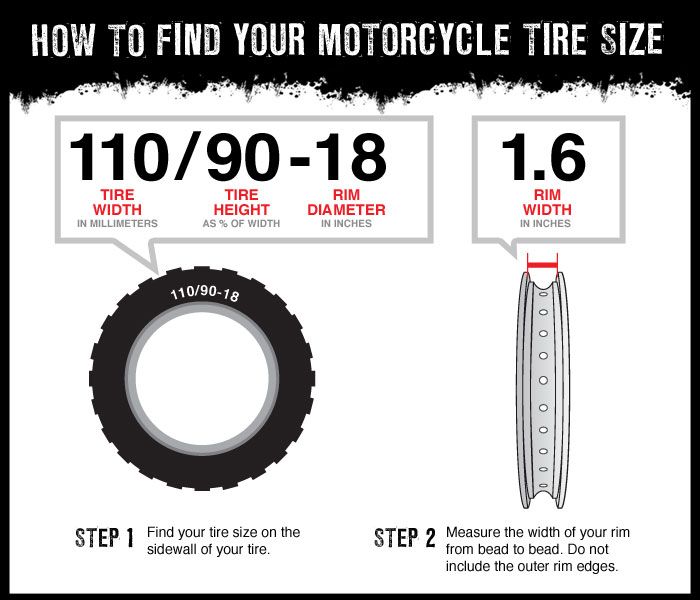Tire size can be confusing. Some numbers on the sidewall are listed in millimeters while others are inches. Plus, the right size for your car, truck, or trailer can differ depending on where and how you drive.
You can see your original equipment tire size in your owner’s manual or on the placard generally located on the driver’s side door jam. This is the sizing recommended by the vehicle manufacturer.
If you’re interested in switching out your tires for a different look or performance, a good place to start is the numbers and other indicators on your existing tires’ sidewall. Next, have a tire professional help you determine a tire size range that will fit your vehicle and driving needs.
Here’s what those numbers and indicators on the sidewall indicate and how to understand them:
A: TIRE TYPE The first letter in the code tells you what class of tire it is.
P stands for passenger vehicle tire. P-class tires include cars, SUVs, crossovers, minivans and smaller pickup trucks.
LT means light truck tire, designed for vehicles that are capable of carrying heavy loads, towing trailers, or for those looking for an extra heavy duty option. These are often equipped on three-quarter or 1 ton trucks and SUVs.
ST stands for Special Trailer. These tire sizes are meant for trailers, including fifth wheels and other travel trailers, as well as boat and utility trailers.
If there’s no letter before the first number, you have a metric tire most commonly referred to as European size. It’s also measured in millimeters but may have a different load capacity than a P or LT tire.
B: TIRE WIDTH The three-digit number following the letter is the tire’s width (from side to side, looking at the tire head on) in millimeters. This may also be referred to as the section width.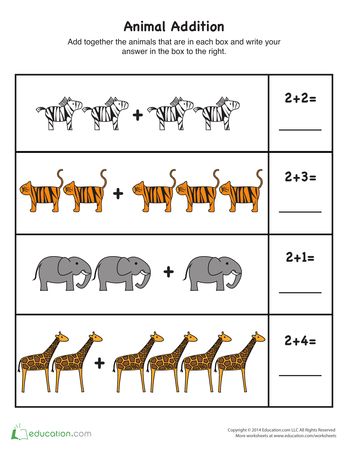
C: ASPECT RATIO The forward slash separates the tire width number from the two-digit aspect ratio. The bigger the aspect ratio, the higher/taller the tire’s sidewall, or “profile” as it’s sometimes called.
The aspect ratio is indicated on the tire sidewall as a percentage. It’s the height of the sidewall measured from wheel rim to top of the tread, expressed as a percentage of tire width.
In this example, the aspect ratio is 65, meaning the sidewall is 65 percent as high as the tire is wide. To get the sidewall height, take the tire width of 215 mm and convert it to inches (8.46). Then multiply this by 65% (.65). This gives you an answer of 5.5, the sidewall height in inches.
D: CONSTRUCTION TYPE This single letter tells you about the internal construction of the tire.
R is for radial tires, the industry standard for most tires today. They have better road grip, lower rolling resistance for better gas mileage, ride comfort and durability than previous generations of tires.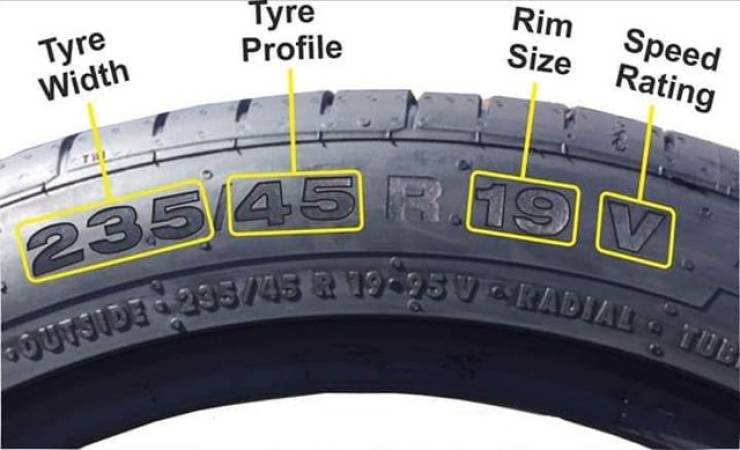 In a radial tire, the plies — layers of strong cords made of a blend of polyester, steel and fabric and coated with rubber — are laid perpendicular to the direction of travel.
In a radial tire, the plies — layers of strong cords made of a blend of polyester, steel and fabric and coated with rubber — are laid perpendicular to the direction of travel.
D is for tires built with diagonal (crisscrossed) plies, called bias-constructed tires. They are also called conventional, x-ply, or cross-ply tires. Some motorcycle and trailer tires still use this internal construction.
Some run-flat tires are identified with an F followed by the type of internal construction.
E: WHEEL DIAMETER This two-digit number specifies wheel diameter in inches. It’s the distance between the two bead seat areas (where a tire gets tightly sealed onto the wheel).
F: LOAD INDEX The two-digit or three-digit number that follows the gap specifies tire load index. The load index symbol indicates how much weight a tire can support, based on the following standard chart. In our example, the load index is 89, which indicates the tire has a load capacity of 1,279 pounds, when inflated to the tire’s maximum air pressure rating.
G: SPEED RATING The last letter is the tire speed rating. This indicates the top speed it’s safe to travel at for a sustained amount of time. A tire with a higher speed rating can handle heat better and provide more control at faster speeds. The maximum operating speed of a vehicle is no more than the lowest speed rating of all tires mounted on the vehicle. (Of course, you should always abide by speed limits for safer driving.) Speed rating is usually, but not always, a single letter (see the chart).
Below you will find several charts that will help you understand tire sizing numbers, including a load index chart and speed rating chart.
A tire size calculator is a quick way to see whether the tire size you’re considering will likely fit your car, SUV, sports car, light truck or crossover.
But remember that is only an estimate. It’s important to stay within the sizing tolerances of your vehicle.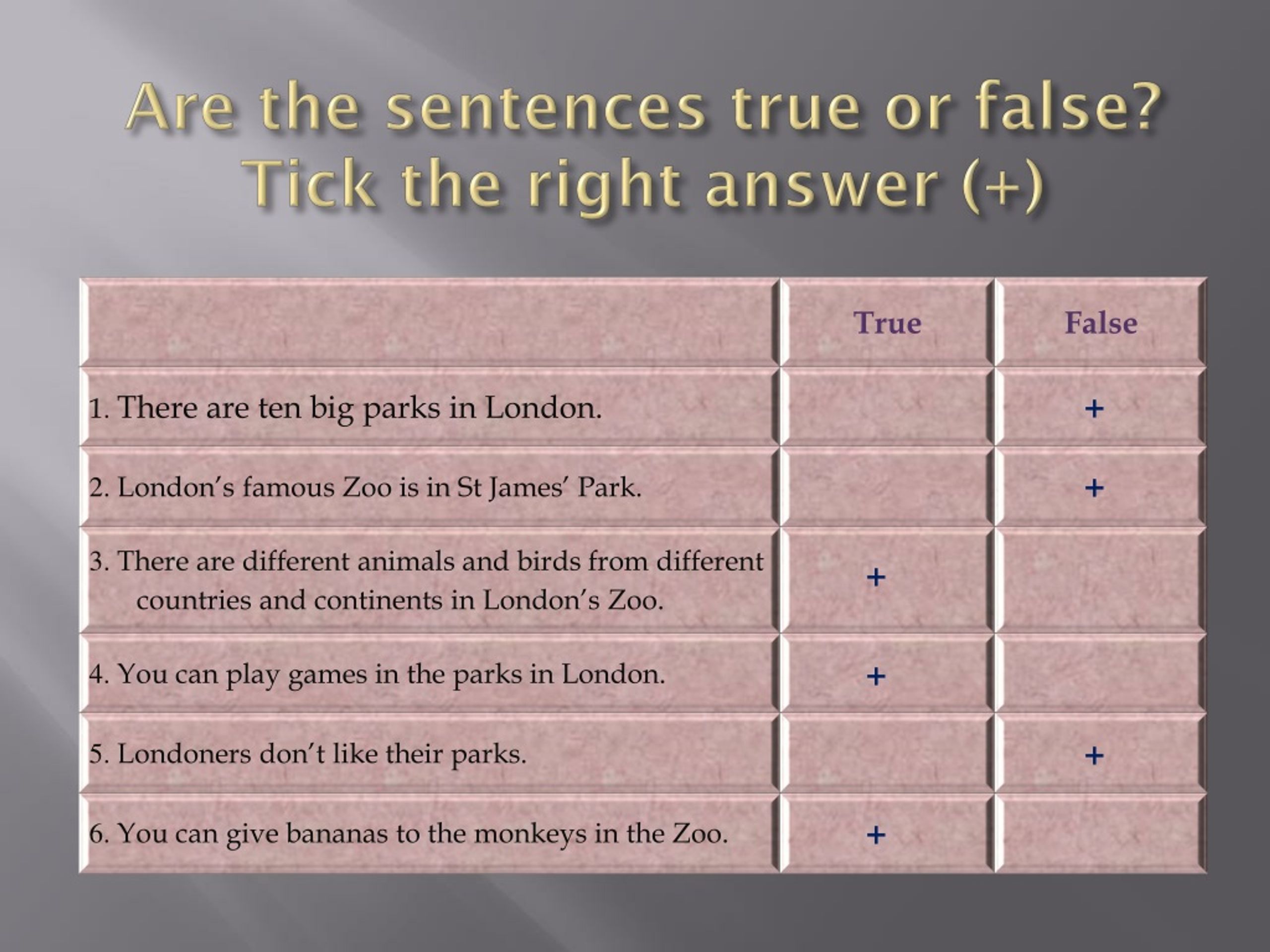 Tires that are the wrong size could cause some pull in the steering wheel, rub against the suspension or body of your vehicle, reduce clearance on hills, or result in a stiffer or noisier ride.
Tires that are the wrong size could cause some pull in the steering wheel, rub against the suspension or body of your vehicle, reduce clearance on hills, or result in a stiffer or noisier ride.
If you’re considering mounting a different tire size on your vehicle, check with a tire expert. Find out whether the tires and wheels you have your eye on are the right fit for your vehicle’s suspension, gearing, and bodywork. And ask how any differences in revolutions per mile, tire speed, load index, and speed rating will affect your ride quality and vehicle performance.
See how new tires and rims will look on your car or truck using our Virtual Wheels simulator, available at any Les Schwab.
Find Your Store
TiresByWeb.com Information Center:
General FAQ’s:
1) I see the price for my product, and it shows the quantity as 4. Is that the price for all 4 or each?
a. The prices shown on our site are for 1 individual item. Since most customers buy tires and wheels in sets of 4, that is the default quantity shown for each.
Since most customers buy tires and wheels in sets of 4, that is the default quantity shown for each.
2) How do you ship my tires and/or wheels?
a. Our preferred shipper is FedEx. Also, we can ship to APO’s, DPO’s and FPO’s via US Postal Service however there is additional shipping and handling required. Please contact a TiresByWeb.com fitment expert at 517-351-1801 for a rate quote.
3) Do you ship for FREE everywhere?
a. Though we wish we could, our FREE SHIPPING only applies to the Lower 48 States excluding APO's, DPO's and FPO's. Please call us at 517-351-1801 for a Shipping Quote outside the Lower 48 States.
4) How long does Shipping take?
a. The average shipping time is roughly 3 business days depending upon your order and geography.
Tire FAQ’s:
1) I don’t know my tire size. How do I find it?
a. The tire size is imprinted on the sidewall of your tire. The original equipment size is often found on a sticker in the door jamb of the driver’s door, and in the owner manual.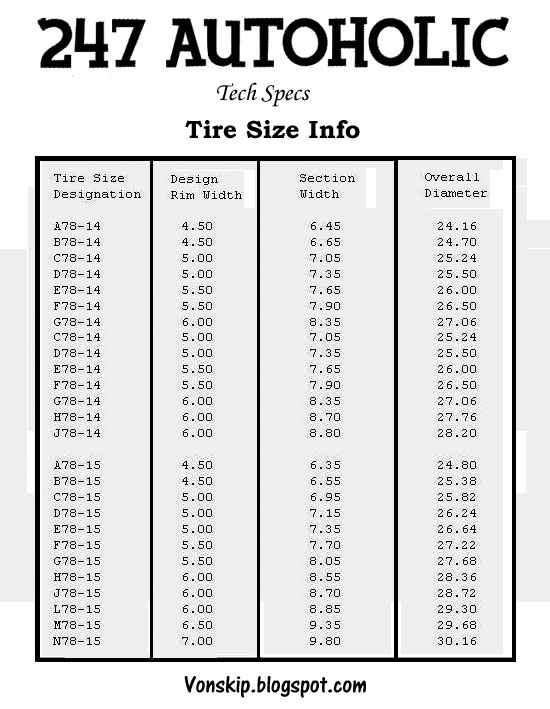 (If you cannot find your tire size, a TiresByWeb fitment expert can help find it for you.) The tire size is usually in a format similar to 225/60R16 91H. These numbers correspond to different measurements and specifications related to the tire.
(If you cannot find your tire size, a TiresByWeb fitment expert can help find it for you.) The tire size is usually in a format similar to 225/60R16 91H. These numbers correspond to different measurements and specifications related to the tire.
2) What do all those numbers in the tire size mean?
a. In the size 225/60R16, the 225 is the width of the tread in millimeters. (There are 25.4 mm per inch.) The 60 is the aspect ratio, or the profile of the sidewall. This example shows that the sidewall of the tires would be 60% of the width of the tread. (60% of 225=135mm or 5.31”) The final number is the diameter of the wheel that the tire would fit. In this case, the tire would fit a 16” wheel. The 91 H indicates the load and speed ratings of the tire. (91 corresponds to 1356 lbs per tire, and H relates to a speed rating of 130 mph.) All these specifications combine to determine the capacities and capabilities of the tires.
3) Can I put a different size tire on my vehicle?
a. Yes. In most cases, there may be several sizes that would work on a particular vehicle. Usually the original size is the best size for everyday driving conditions, but some situations (designated winter tires, for example) might be more suited for an alternate size.
Yes. In most cases, there may be several sizes that would work on a particular vehicle. Usually the original size is the best size for everyday driving conditions, but some situations (designated winter tires, for example) might be more suited for an alternate size.
4) How many different tire sizes are there?
a. Hundreds. Since vehicles come in all shapes, sizes and designs, so do tires.
5) If I am buying new tires, do I need new valve stems?
a. You can sometimes re-use the existing valve stems, but they are usually made of rubber and are subjected to the elements and ozone in the atmosphere. Since this is a vital part that allows you to add and hold air in your new tires, it is good to replace the valves when buying new tires.
6) If I am buying new tires, do I need new wheels?
a. Usually you would buy tires to fit your existing wheels. An exception is if you are buying dedicated winter tires in a smaller size, and are buying a second set of wheels to mount them on or if you were plus sizing and wanted to buy a tire with a larger rim diameter.
7) I can’t find the tire I want in my size. Why not?
a. Not all tires are built in all sizes. Some tires are specifically built for particular types of vehicles in mind, and are built in the tire sizes commonly found on those vehicles. Often, an alternate size might be available that would work on your vehicle. Ask a TiresByWeb.com fitment expert for advice in finding an alternate size.
8) The tires are shown with wheels. Are they included?
a. No, the wheels are shown for display purposes only. We do offer a full line of wheels that are available separately. Please call one of our fitment experts at 517-351-1801 if you need help in placing your order.
9) On some of the new tires manufactured in Europe that are coming out like the Vredestein Ultrac Cento, what do the E4, -S and –W markings on the sidewall mean?
a. Tires made in Europe like Nokian and Vredestein have to be officially certified, which is indicated by the letter E. The number beside the E is a country code where the certification was approved; for example 4 indicates Holland. The -S (Sound) indicates a sound requirement for silent tires. All car tires narrower than 195mm sold on the replacement market in Europe have to meet this requirement. Tires with widths between 195mm and 225mm have until Oct 1, 2010 to comply and wider widths until Oct 1, 2011. The -W is a compulsory performance requirement on wet road surfaces in Europe for car tires newly introduced to the market. The wet grip performance of these tires has to be at least 10% better that that of an internationally appointed reference tire. The Vredestein Ultrac Cento is the first tire that TiresByWeb.com is carrying that meets these new regulations.
The -S (Sound) indicates a sound requirement for silent tires. All car tires narrower than 195mm sold on the replacement market in Europe have to meet this requirement. Tires with widths between 195mm and 225mm have until Oct 1, 2010 to comply and wider widths until Oct 1, 2011. The -W is a compulsory performance requirement on wet road surfaces in Europe for car tires newly introduced to the market. The wet grip performance of these tires has to be at least 10% better that that of an internationally appointed reference tire. The Vredestein Ultrac Cento is the first tire that TiresByWeb.com is carrying that meets these new regulations.
Winter Tire FAQ’s:
1) What is a dedicated winter tire?
a. This is a tire that is specially designed to be used in the winter and is marked by the Severe Service Emblem (Peaked Mountain with a snow flake embossed on the sidewall of the tire) which means the tire has surpassed certain government standards for tire performance in harsh winter conditions.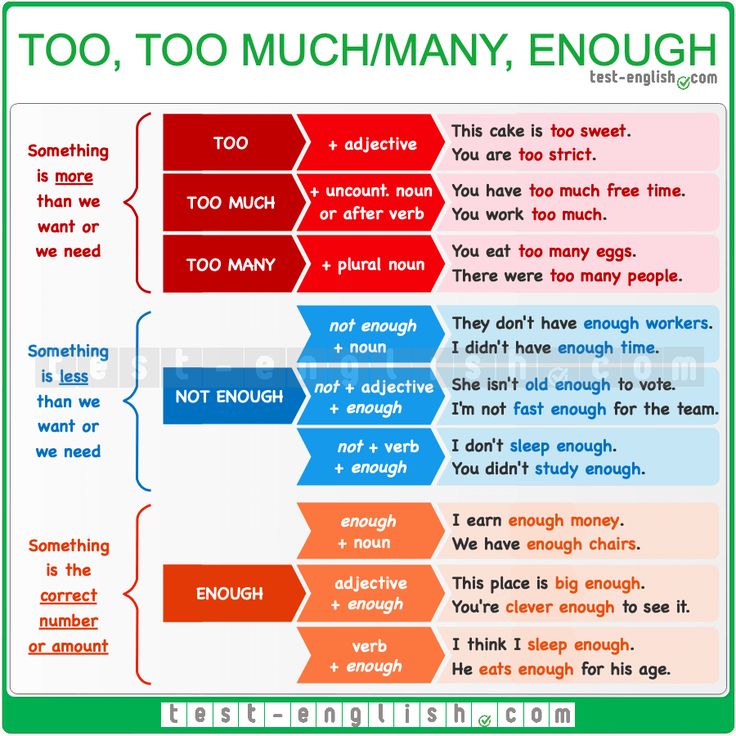 The tread pattern, rubber compounding, and other characteristics of the tire provide enhanced performance in winter conditions. As such, we recommend buying winter tires in sets of 4 to run on your vehicle all the way around for the most balanced and controlled handling possible.
The tread pattern, rubber compounding, and other characteristics of the tire provide enhanced performance in winter conditions. As such, we recommend buying winter tires in sets of 4 to run on your vehicle all the way around for the most balanced and controlled handling possible.
2) You mean ‘snow tires’ don’t you?
a. Today’s winter tires are drastically different from the products of the past. Improved rubber compounding which allow the tire to maintain it’s gripping properties when the temperatures drop below freezing along with new tread designs allow today’s winter tires to give levels of winter performance far exceeding those of just a few years ago.
3) I have heard that when buying winter tires, I should try to get the narrowest size possible…Is this true?
a. While we always recommend sticking with your stock original equipment size, by going narrower in the winter months when possible, you can gain better winter performance because narrower tires meet less resistance as they can glide through the snow better than wider tires which tend to have to plow through the snow more.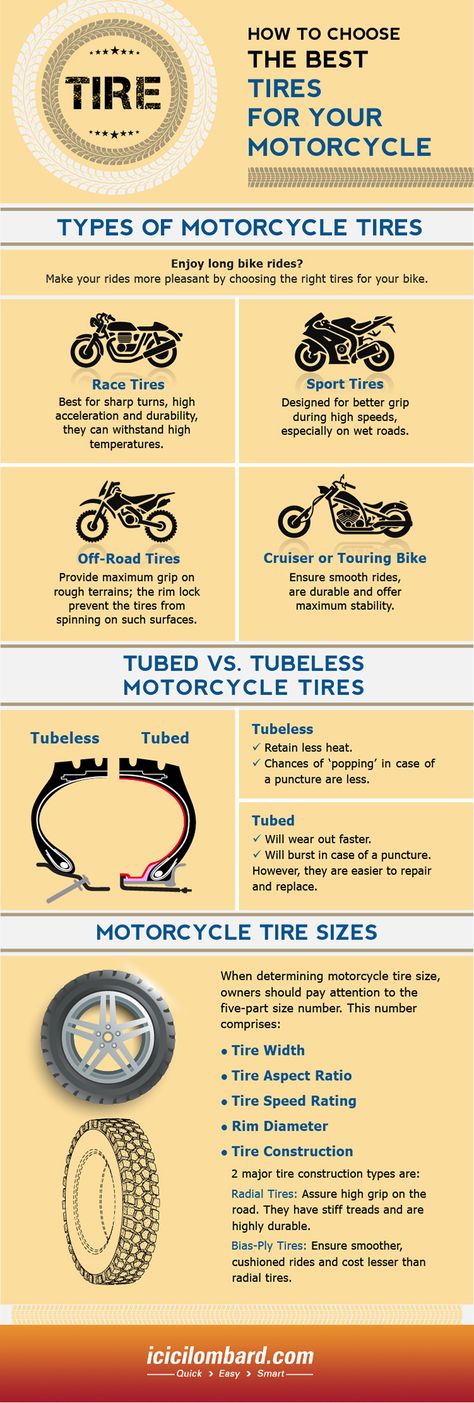 Please consult a TiresByWeb.com specialist today to see if this may be an option for you.
Please consult a TiresByWeb.com specialist today to see if this may be an option for you.
4) What are studded tires, and do I need them?
a. Studded winter tires have tungsten-carbide pins/spikes that protrude from the tire tread and give added traction in icy conditions. Most of the Studded tires that we sell come factory studded from the tire manufacturer. The studs that we carry are not retractable and tires must be studded before they are driven on as debris and dirt from the road clogs the stud holes and does not allow the stud to seat properly if not pre-studded before use. Tire studs only add traction in icy conditions, and do not help in snow or on dry roads. Many states limit or ban the use of studded tires. Consult local regulations before using studded tires on your vehicle.
5) Can I just use 2 studded tires at a time instead of 4?
a. No. Studded tires MUST be used in sets of 4 at a time. Using only 2 studded tires at a time can make the car handle unpredictably, and is extremely dangerous.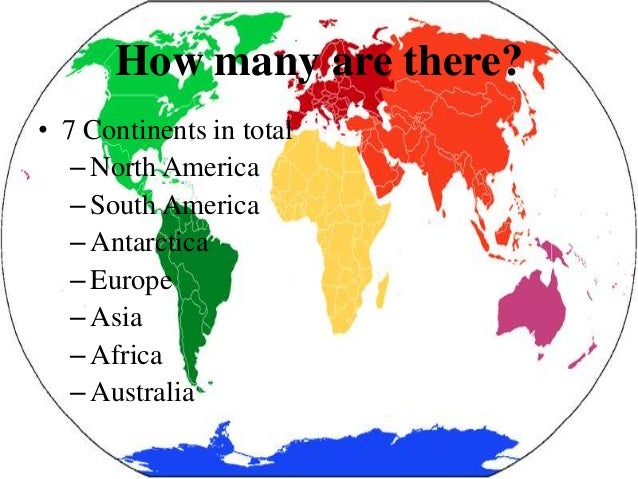
6) What is this snowflake symbol that is sometimes embossed on the sidewall of tires?
a. Known as the Severe Service Emblem (Peaked Mountain with a snow flake embossed on the sidewall of the tire) which means the tire has surpassed certain government standards for tire performance in harsh winter conditions. This is a designation given by the American Society for Testing and Materials (ASTM) that indicates that the tires exceed a standard for winter traction. These standards are far higher than those for Mud and Snow (M+S) rated tires.
7) I have all-season radial tires. Aren’t they good for winter?
a. Some all-season tires perform adequately in winter in moderate climates. In areas that see substantial snow or ice, a dedicated winter tire, or an all-weather tire which carries the Severe Service Emblem (Peaked Mountain with a snow flake embossed on the sidewall of the tire) which means the tire has surpassed certain government standards for tire performance in harsh winter conditions would be more appropriate.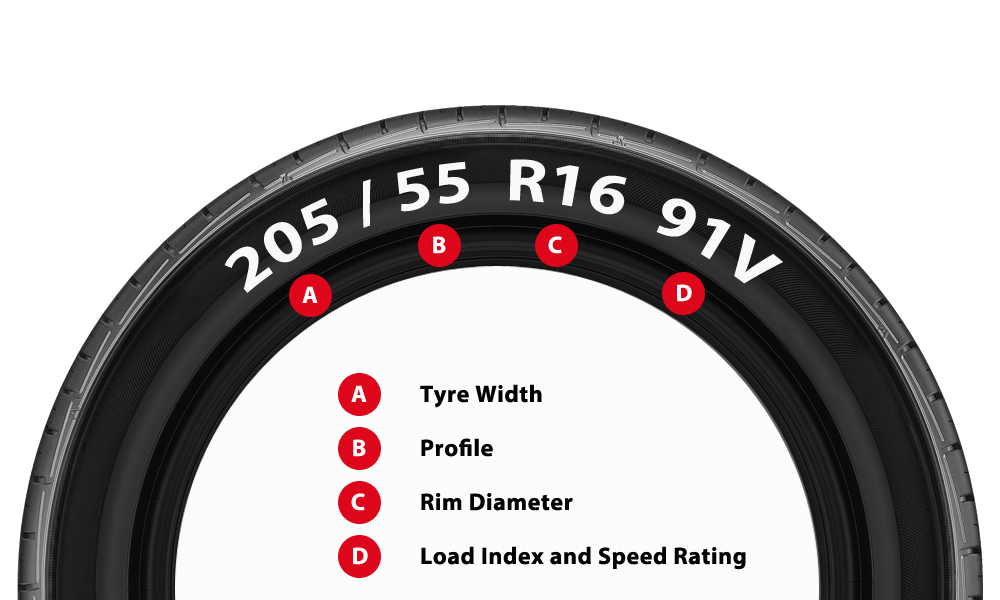
8) I don’t want 2 sets of tires. Are there any tires that are good in the snow that I can use all year?
a. Yes. Some manufacturers produce all-weather tires that are winter-rated, but designed to be used all year long. These would be tires like the Nokian WR G2 and the Vredestein Quatrac 3.
9) All-weather? Isn’t that the same as all-season?
a. No. All-season tires generally do not get the Severe Service Emblem (Snowflake on the mountain symbol.) that all-weather tires get. All-weather tires will give winter traction comparable to a designated winter tire.
Wheel FAQs:
1) What do I need to know when shopping for wheels?
a. You need a few basic pieces of information about your vehicle. The year, make, and model of vehicle are essential pieces of information. The trim level, (SE, LE, Sports Package, etc.) and drivetrain ( 2WD, 4WD, AWD, etc.) can also be necessary to determine the correct fit. From this information, a TiresByWeb.com fitment expert can help you determine the bolt pattern and correct offset measurement required for your vehicle.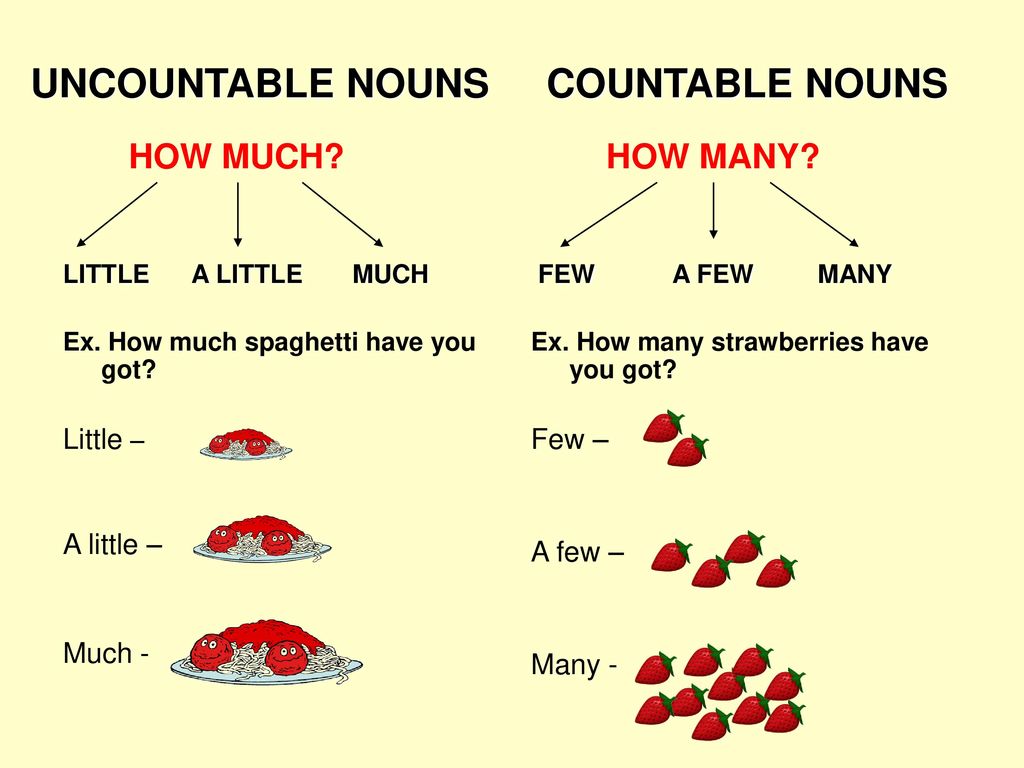
2) What is a bolt pattern?
a. The bolt pattern tells how many bolts your vehicle uses to hold the
wheels on, and how they are spaced apart. Typical bolt patterns are
shown in a configuration such as 5-4.5. This indicates that there are 5
bolts, and they are spaced 4.5” across. Sometimes patterns are listed in
inches, and sometimes in millimeters. Most vehicles come with between
3 and 8 bolts.
3)How do I measure my bolt pattern?
a. If the amount of bolts or lug-nuts that you have on your vehicle is even (Such as 4,6,8,etc) than the spacing would be determined by measuring from the center of one stud/lug nut to the center of the stud/lug nut that directly opposes it across the star pattern. If the amount of bolts or lug-nuts that you have on your vehicle is odd (Such as 3,5,7,etc) than the spacing would be determined by measuring from the center of one stud/lug nut to the far outside edge of the stud/lug nut that directly opposes it across the star pattern.
4) What size wheels do I have?
a. Vehicles come with a stock size from the factory. When looking at your tire sidewall, the last number in the tire size indicates your wheel diameter. For example, in a P225/60R16 size, the wheel is a 16” wheel.
5) Can I change wheel sizes?
a. Yes. Most vehicles are able to use different sized wheels.
6) If I change wheel size, do I need new tires?
a. Yes. Tires of a certain rim diameter will only fit on wheels of that same rim diameter. If you get larger wheels, you will need larger tires.
7) How big of a wheel can I put on my vehicle?
a. That depends on the vehicle involved. Some smaller cars use 13” wheels, while some trucks can use 26” or larger wheels. A TiresByWeb.com fitment expert can help you determine what is appropriate for your vehicle.
8) What determines how big of a wheel would work on my vehicle?
a. A number of factors come into play when determining wheel sizing. Ideally, the overall diameter (OD) of the plus-size tire needs to remain close to the OD of the original tires. Changing the OD can alter the accuracy of the speedometer and odometer and cause stress on the braking systems among other issues. Whether a vehicle is lifted or lowered will also affect the size wheel that would be appropriate.
A number of factors come into play when determining wheel sizing. Ideally, the overall diameter (OD) of the plus-size tire needs to remain close to the OD of the original tires. Changing the OD can alter the accuracy of the speedometer and odometer and cause stress on the braking systems among other issues. Whether a vehicle is lifted or lowered will also affect the size wheel that would be appropriate.
9) How does the tire stay the same size, when the wheel gets bigger?
a. When the wheel diameter gets larger, the tire sidewall gets smaller. Combined, they will be of a similiar OD as the original, but you have traded tire sidewall for larger rim diameter.
10) Is bigger always better?
a. Larger wheels can be more stylish than smaller stock wheels, but going too large can adversely affect ride quality and performance. A Tires By Web fitment expert can help you determine what sizing is best.
11) What is offset?
a. Offset is a measurement of the relationship of the back of the face of the wheel to the imaginary centerline of the wheel.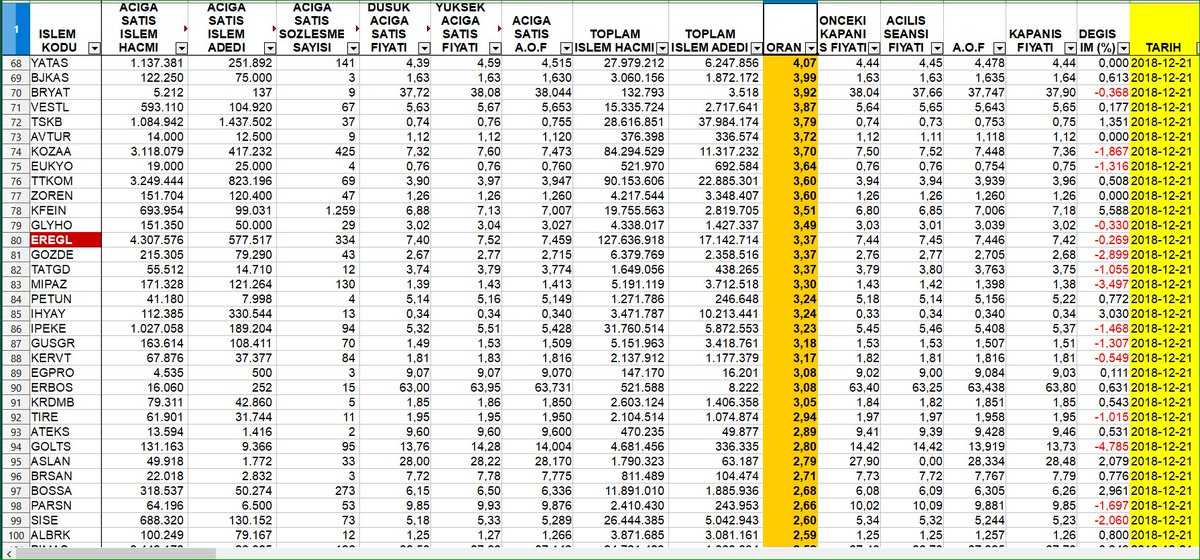 On a wheel with a high offset, the face of the wheel will be toward the outside edge of the wheel. A wheel with a negative offset will appear that the face is pushed in, creating a bowl-type appearance. On a wheel with a zero offset, the face will be in the center of the wheel. Different vehicles require different offsets.
On a wheel with a high offset, the face of the wheel will be toward the outside edge of the wheel. A wheel with a negative offset will appear that the face is pushed in, creating a bowl-type appearance. On a wheel with a zero offset, the face will be in the center of the wheel. Different vehicles require different offsets.
12) That is pretty complicated. Is offset really that important?
a. Yes. If the offset is not correct for your vehicle, the wheel may rub on the brakes, or the tire may rub on the fender.
13) What is the difference between chrome and polished finishes on wheels?
a. Chrome has a very shiny finish, like a chrome bumper. Chrome wheels are generally more expensive, but require less upkeep. Polished finished wheels will look like a coin in your pocket in terms of shine and will require some upkeep to keep them looking good.
14) What is Super Finished?
a. Super finished wheels are a compromise of polished and chrome. They are not as shiny as chrome, but do not need the upkeep that polished wheels require.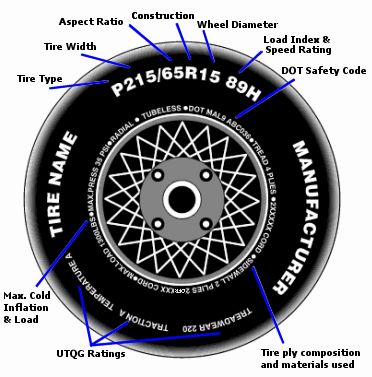
15) I am missing the center cap from my wheel. Do you sell them?
a. Yes, we do sell replacement center caps. Ask a TiresByWeb.com wheel expert for assistance. Often part numbers are printed on the inside of the cap. If it is possible, have one of your existing caps available when calling.
16) I damaged one of my wheels; can I buy a single one?
a. Yes. Wheels can be purchased in any quantity.
17) I am looking for a replacement wheel, but I don’t see it on your site. Is it still available?
a. Maybe. Some discontinued wheels may be available in select sizes and bolt patterns even though they may not be listed on our website. Ask a TiresByWeb.com representative for assistance.
18) I am looking for wheels for a winter tire/wheel package, but I don’t need anything real fancy. What are my options?
a. For some vehicles, black steel wheels are available for winter packages. (Generally black steel wheels are only available in 16” sizes and smaller.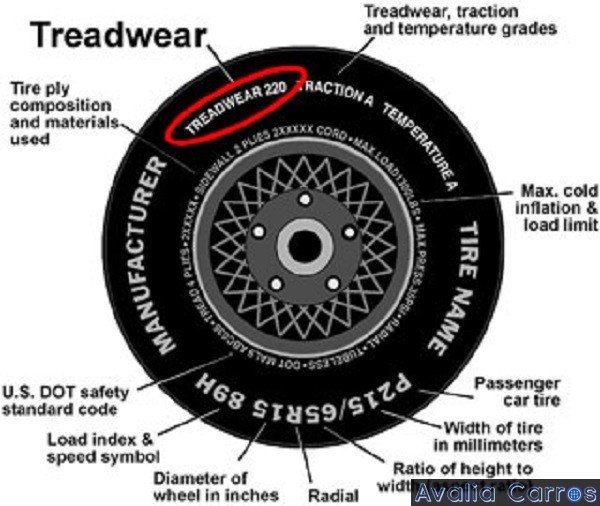 ) We also have some inexpensive alloy wheels that are available for winter packages. Ask a TiresByWeb.com winter tire and wheel expert for assistance.
) We also have some inexpensive alloy wheels that are available for winter packages. Ask a TiresByWeb.com winter tire and wheel expert for assistance.
19) If I am buying new wheels, do I need new tires?
a. If you are not changing the wheel size, you can mount your existing tires on the new wheels. If you are buying different sized wheels, you will need new tires also.
Tire Pressure Monitoring System (TPMS) FAQ’s:
1) My vehicle has a Tire Pressure Monitoring System. What is that, and how does this affect buying new tires?
a. The Tire Pressure Monitoring System (TPMS) is a system by which your vehicle monitors the air pressure in your tires, and warns you if the pressure falls below the suggested pressure. On most vehicles, the TPMS includes a sensor mounted inside the tire which senses the pressure and relays that information to the vehicle’s computer. These sensors are often mounted to the inside of the wheel itself, and can be re-used when replacing tires.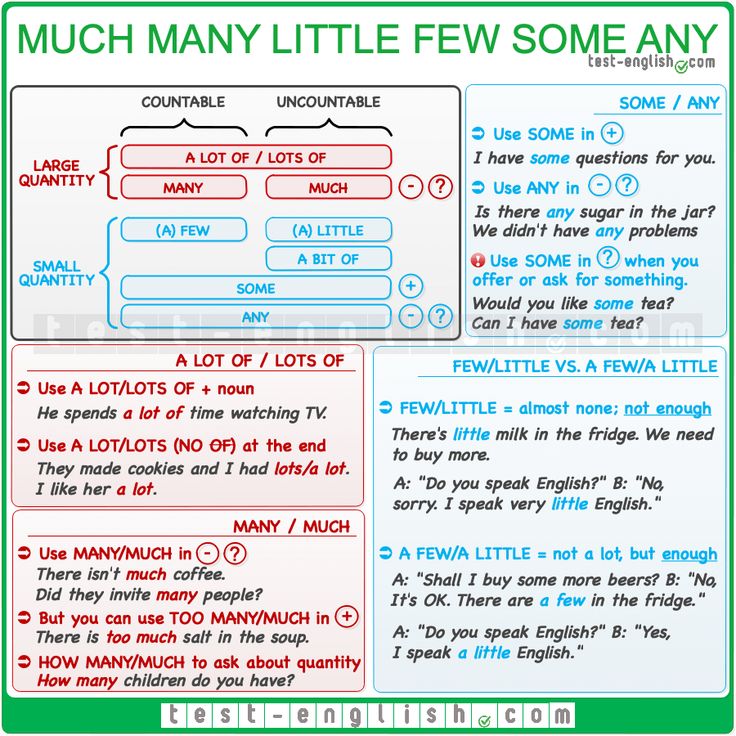 If you have the TPMS system, then it is not necessary to buy replacement chrome sleeve valves.
If you have the TPMS system, then it is not necessary to buy replacement chrome sleeve valves.
2) Do I need special tires if I have a TPMS?
a. No. The sensors will work with standard tires.
3) My vehicle has a Tire Pressure Monitoring System. How does that affect buying new wheels?
a. When buying new wheels for most vehicles, you will need the TPMS sensors installed in the wheels in order for the system to operate. You can transfer the sensors from your existing wheels, or purchase new sensors for the new wheels. This can be done when the wheels are installed. If your vehicle is equipped with TPMS then you must use TPMS sensors at all times per the NHTSA. In most instances, the TPMS sensors take the place of the air valves on the wheel, so standard valves would not be required.
4) Are there wheels that do not work with the TPMS?
a. In some instances there are wheels, such black steel wheels, that may not be compatible with the TPMS sensors. Please consult a TiresByWeb.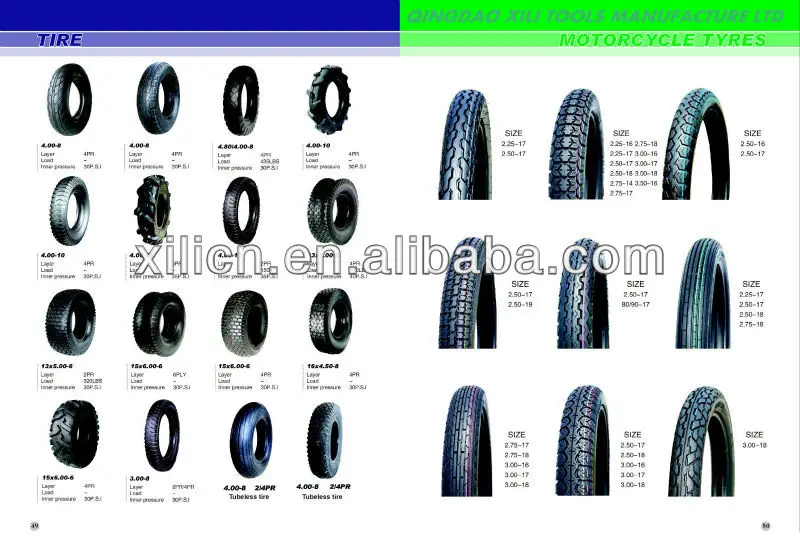 com TPMS expert for questions regarding if a wheel is compatible or not.
com TPMS expert for questions regarding if a wheel is compatible or not.
The issue of selecting tires for disks has always been relevant for motorists, since every self-respecting driver needs to know certain parameters. If the characteristics are not known and these parameters are not followed, the car will experience a significant deterioration in performance, which seriously threatens safety.
In order to match rubber to the wheels as accurately as possible, you should first study the marking of the wheels:
Wheel marking with dimensions R13 4x98 ET35 J5 D58.6
It is the latter that plays a major role in matching tires and wheels. In order to choose the right wheels for tires on passenger cars, you can use the table compiled by the specialists of Avtotire Kom. Or you can use the selection of discs for the car by clicking on the link .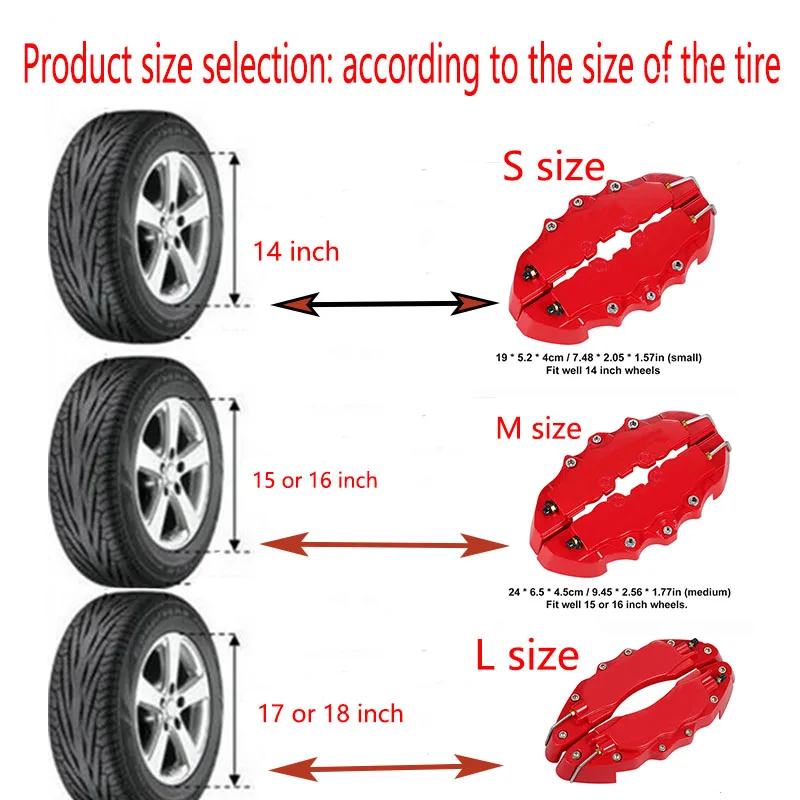
Tire/Rim Matching Chart
| Disc diameter | Tire size | Wheel rim width (inches) | ||
| Minimum | Recommended | Maximum | ||
| 13" | 135/80R13 | 3.5 | 3.5 | 4.5 |
| 145/80R13 | 3.5 | 4 | 5 | |
| 155/80R13 | 3 | 4.5 | 5 | |
| 165/80R13 | 4 | 4.5 | 5.5 | |
| 165R13 | 4.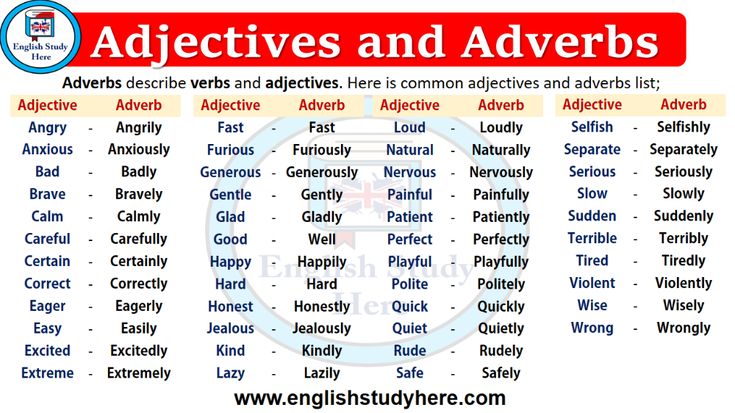 5 5 | 5 | 6 | |
| 14" | 175/80R14 | 4.5 | 5 | 6 |
| 185/80R14 | 4.5 | 5 | 6 | |
| 13" | 135/70R13 | 3.5 | 4 | 4.5 |
| 145/70R13 | 3.5 | 4.5 | 5 | |
| 155/70R13 | 4 | 4.5 | 5 | |
| 165/70R13 | 4 | 5 | 5.5 | |
| 175/70R13 | 4.5 | 5 | 6 | |
| 185/70R13 | 4. 5 5 | 5.5 | 6 | |
| 14" | 165/70R14 | 4 | 5 | 5.5 |
| 175/70R14 | 4.5 | 5 | 6 | |
| 185/70R14 | 4.5 | 5.5 | 6 | |
| 195/70R14 | 5 | 6 | 6.5 | |
| 13" | 155/65R13 | 4.5 | 4.5 | 5.5 |
| 165/65R13 | 4.5 | 5 | 6 | |
| 175/65R13 | 5 | 5 | 6 | |
| 14" | 155/65R14 | 4.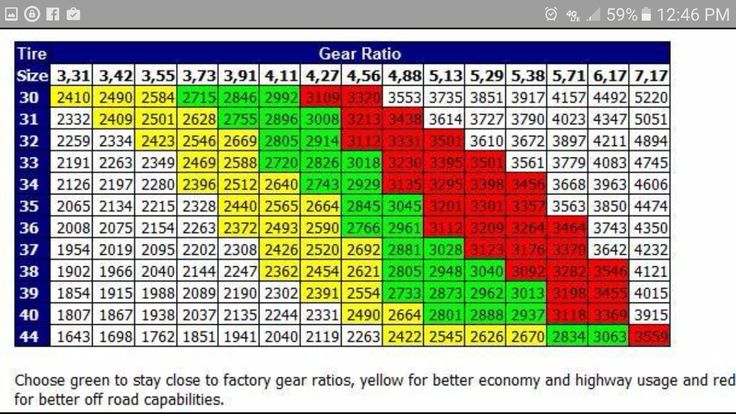 5 5 | 4.5 | 5.5 |
| 165/65R14 | 4.5 | 5 | 6 | |
| 175/65R14 | 5 | 5 | 6 | |
| 185/65R14 | 5 | 5.5 | 6.5 | |
| 195/65R14 | 5.5 | 6 | 7 | |
| 15" | 145/65R15 | 4 | 4.5 | 5 |
| 155/65R15 | 4.5 | 4.5 | 5 | |
| 165/65R15 | 4.5 | 5 | 6 | |
| 175/65R15 | 5 | 5 | 6 | |
| 185/65R15 | 5 | 5. 5 5 | 6.5 | |
| 195/65R15 | 5.5 | 6 | 7 | |
| 205/65R15 | 5.5 | 6 | 7.5 | |
| 215/65R15 | 6 | 6.5 | 7.5 | |
| 16" | 215/65R16 | 6 | 6.5 | 7.5 |
| 17" | 235/65R17 | 6.5 | 7 | 8.5 |
| 18" | 235/65R18 | 6.5 | 7 | 8.5 |
| 14" | 165/60R14 | 4.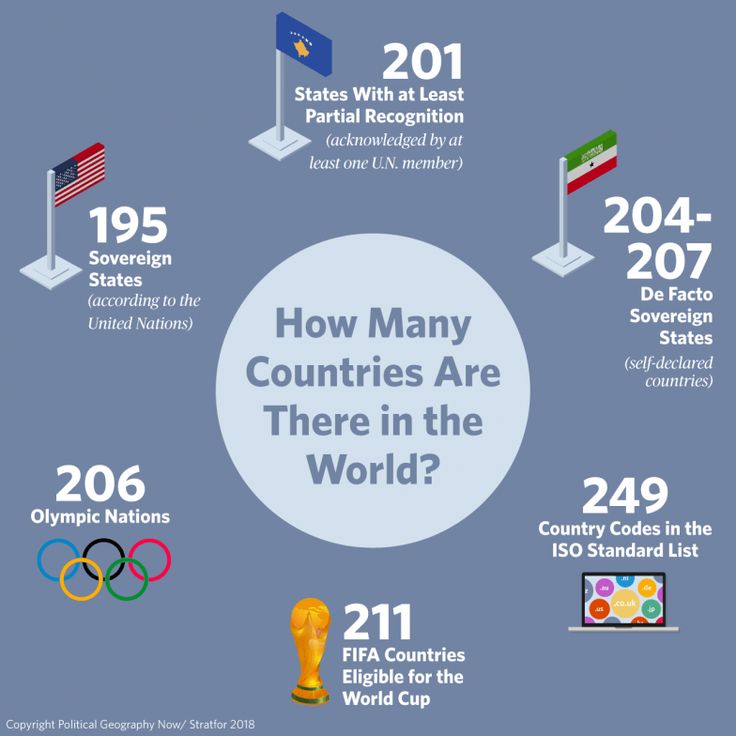 5 5 | 5 | 6 |
| 175/60R14 | 5 | 5 | 6 | |
| 185/60R14 | 5 | 5.5 | 6.5 | |
| 195/60R14 | 5.5 | 6 | 7 | |
| 15" | 175/60R15 | 5 | 5 | 6 |
| 185/60R15 | 5 | 5.5 | 6.5 | |
| 195/60R15 | 5.5 | 6 | 7 | |
| 205/60R15 | 5.5 | 6 | 7.5 | |
| 225/60R15 | 6 | 6. 5 5 | 8 | |
| 16" | 205/60R16 | 5.5 | 6 | 7.5 |
| 215/60R16 | 6 | 6.5 | 7.5 | |
| 225/60R16 | 6 | 6.5 | 8 | |
| 235/60R16 | 6.5 | 7 | 8.5 | |
| 17" | 225/60R17 | 6 | 6.5 | 8 |
| 14" | 185/55R14 | 5 | 6 | 6.5 |
| 15" | 175/55R15 | 5 | 5. 5 5 | 6 |
| 185/55R15 | 5 | 6 | 6.5 | |
| 195/55R15 | 5.5 | 6 | 7 | |
| 205/55R15 | 5.5 | 6.5 | 7.5 | |
| 225/55R15 | 6 | 7 | 8 | |
| 16" | 195/55R16 | 5.5 | 6 | 7 |
| 205/55R16 | 5.5 | 6.5 | 7.5 | |
| 215/55R16 | 6 | 7 | 7.5 | |
| 225/55R16 | 6 | 7 | 8 | |
| 245/55R16 | 7 | 7. 5 5 | 8.5 | |
| 17" | 205/55R17 | 5.5 | 6.5 | 7.5 |
| 215/55R17 | 6 | 7 | 7.5 | |
| 225/55R17 | 6 | 7 | 8 | |
| 235/55R17 | 6.5 | 7.5 | 8.5 | |
| 245/55R17 | 7 | 7.5 | 8.5 | |
| 255/55R17 | 7 | 8 | 9 | |
| 15" | 195/50R15 | 5.5 | 6 | 7 |
| 205/50R15 | 5.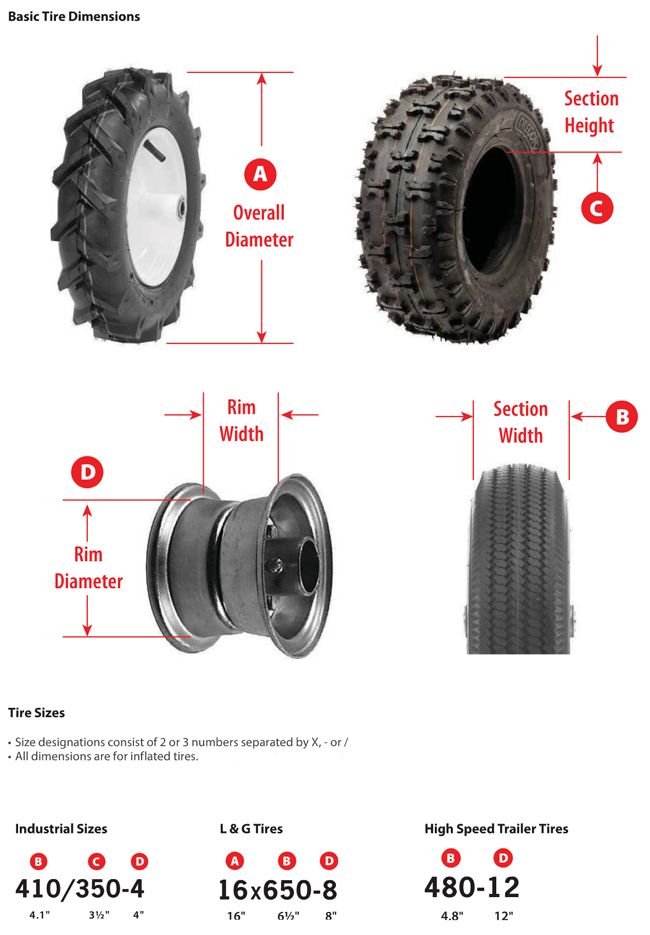 5 5 | 6.5 | 7.5 | |
| 225/50R15 | 6 | 7 | 8 | |
| 16" | 185/50R16 | 5 | 6 | 6.5 |
| 195/50R16 | 5.5 | 6 | 7 | |
| 205/50R16 | 5.5 | 6.5 | 7.5 | |
| 215/50R16 | 6 | 7 | 7.5 | |
| 225/50R16 | 6 | 7 | 8 | |
| 235/50R16 | 6.5 | 7.5 | 8.5 | |
| 245/50R16 | 7 | 7.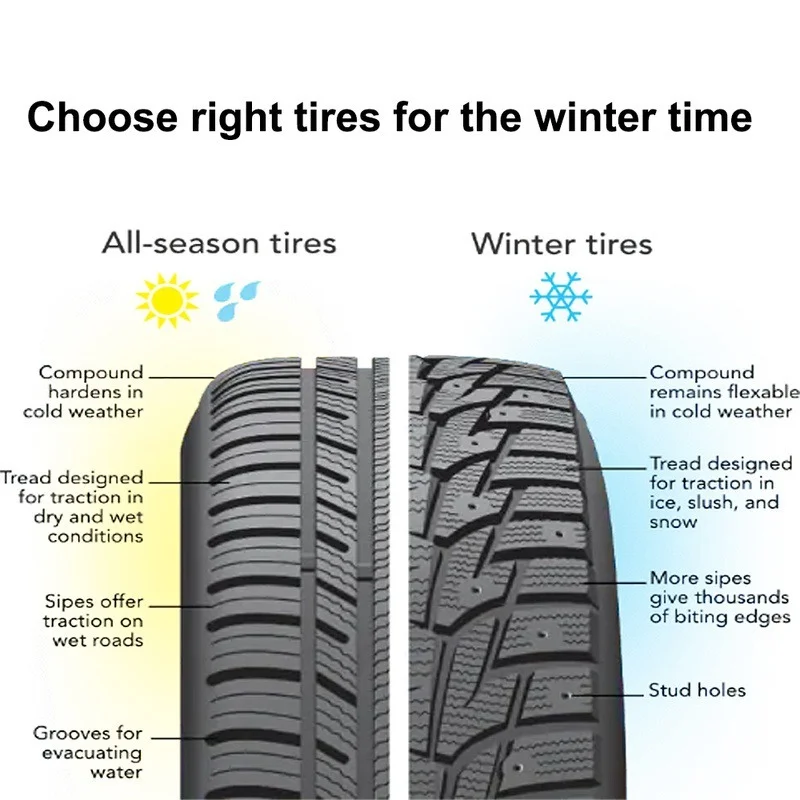 5 5 | 8.5 | |
| 255/50R16 | 7 | 8 | 9 | |
| 17" | 205/50R17 | 5.5 | 6.5 | 7.5 |
| 215/50R17 | 6 | 7 | 7.5 | |
| 225/50R17 | 6 | 7 | 8 | |
| 235/50R17 | 6.5 | 7.5 | 8.5 | |
| 18" | 235/50R18 | 6.5 | 7.5 | 8.5 |
| 245/50R18 | 7 | 7.5 | 8. 5 5 | |
| 19" | 275/50R19 | 7.5 | 8.5 | 9.5 |
| 15" | 195/45R15 | 6 | 6.5 | 7.5 |
| 16" | 195/45R16 | 6 | 6.5 | 7.5 |
| 205/45R16 | 6.5 | 7 | 7.5 | |
| 215/45R16 | 7 | 7 | 8 | |
| 225/45R16 | 7 | 7.5 | 8.5 | |
| 245/45R16 | 7. 5 5 | 8 | 9 | |
| 17" | 205/45R17 | 6.5 | 7 | 7.5 |
| 215/45R17 | 7 | 7 | 8 | |
| 225/45R17 | 7 | 7.5 | 8.5 | |
| 235/45R17 | 7.5 | 8 | 9 | |
| 245/45R17 | 7.5 | 8 | 9 | |
| 255/45R17 | 8 | 8.5 | 9.5 | |
| 18" | 215/45R18 | 7 | 7 | 8 |
| 225/45R18 | 7 | 7. 5 5 | 8.5 | |
| 235/45R18 | 7.5 | 8 | 9 | |
| 245/45R18 | 7.5 | 8 | 9 | |
| 255/45R18 | 8 | 8.5 | 9.5 | |
| 275/45R18 | 8.5 | 9 | 10.5 | |
| 19" | 245/45R19 | 7.5 | 8 | 9 |
| 20" | 275/45R20 | 8.5 | 9 | 10.5 |
| 16" | 215/40R16 | 7 | 7.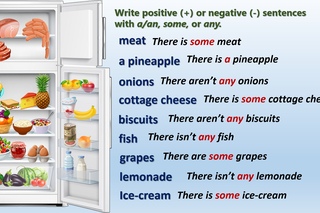 5 5 | 8.5 |
| 17" | 205/40R17 | 7 | 7.5 | 8 |
| 215/40R17 | 7 | 7.5 | 8.5 | |
| 235/40R17 | 8 | 8.5 | 9.5 | |
| 245/40R17 | 8 | 8.5 | 9.5 | |
| 255/40R17 | 8.5 | 9 | 10 | |
| 265/40R17 | 9 | 9.5 | 10.5 | |
| 275/40R17 | 9 | 9.5 | 11 | |
| 285/40R17 | 9 | 10 | 11 | |
| 18" | 205/40R18 | 7 | 7.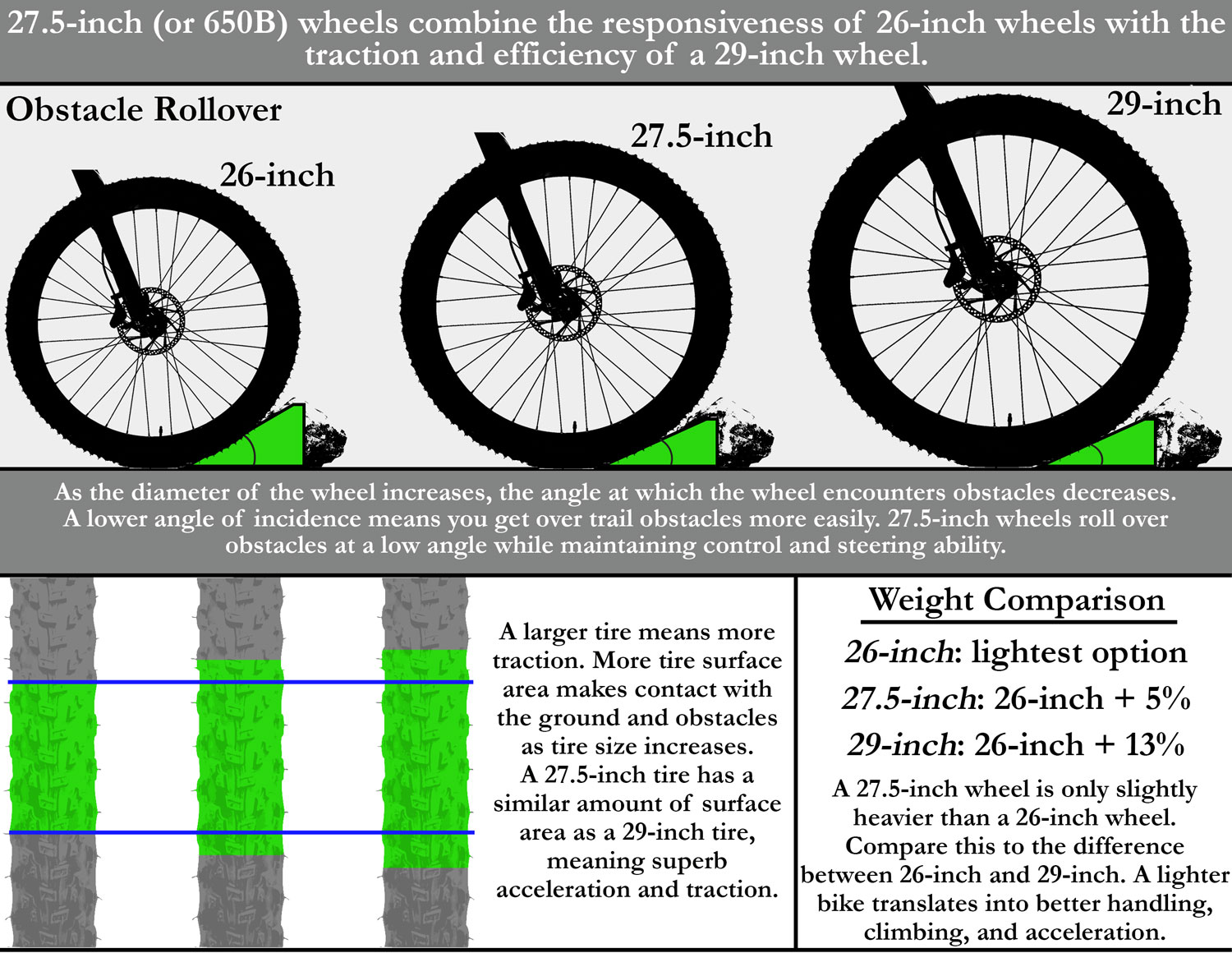 5 5 | 8 |
| 225/40R18 | 7.5 | 8 | 9 | |
| 235/40R18 | 8 | 8.5 | 9.5 | |
| 245/40R18 | 8 | 8.5 | 9.5 | |
| 255/40R18 | 8.5 | 9 | 10 | |
| 265/40R18 | 9 | 9.5 | 10.5 | |
| 275/40R18 | 9 | 9.5 | 11 | |
| 285/40R18 | 9.5 | 10 | 11 | |
| 19" | 225/40R19 | 7. 5 5 | 8 | 9 |
| 245/40R19 | 8 | 8.5 | 9.5 | |
| 255/40R19 | 8.5 | 9 | 10 | |
| 275/40R19 | 9 | 9.5 | 11 | |
| 20" | 245/40R20 | 8 | 8.5 | 9.5 |
| 17" | 225/35R17 | 7.5 | 8 | 9 |
| 265/35R17 | 9 | 9.5 | 10.5 | |
| 335/35R17 | 11 | 12 | 13 | |
| 18" | 215/35R18 | 7 | 7.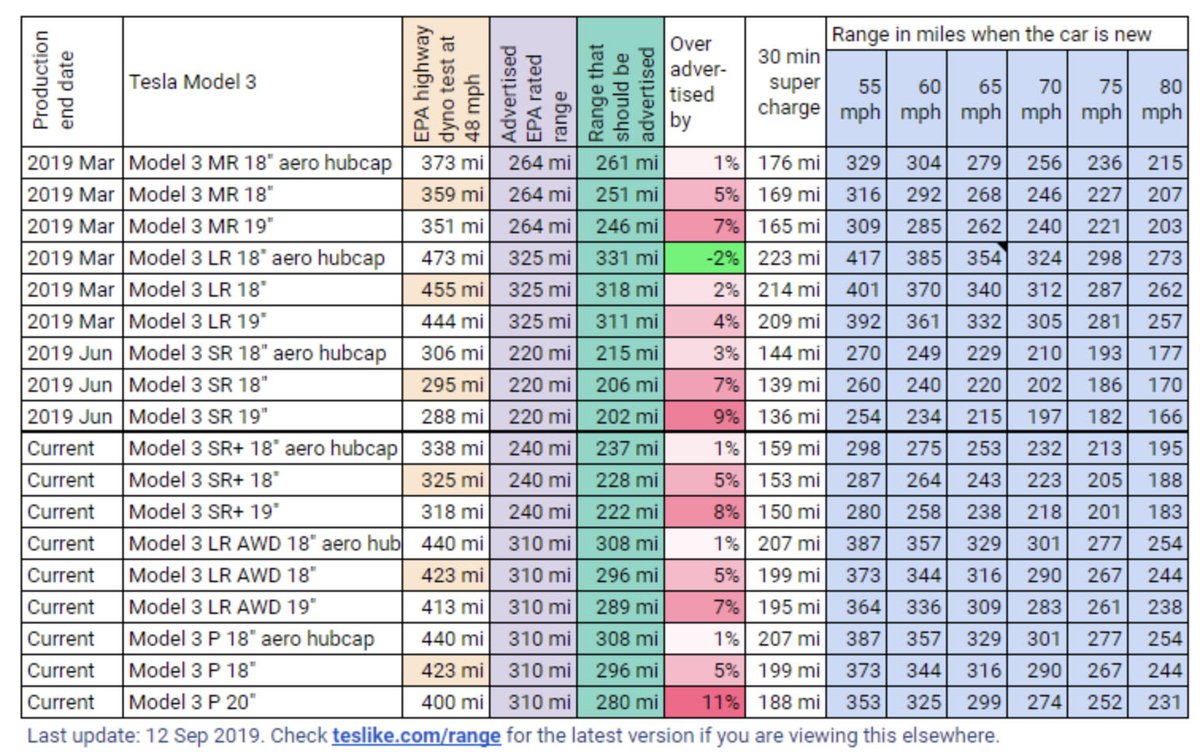 5 5 | 8.5 |
| 225/35R18 | 7.5 | 8 | 9 | |
| 235/35R18 | 8 | 8.5 | 9.5 | |
| 255/35R18 | 8.5 | 9 | 10 | |
| 265/35R18 | 9 | 9.5 | 10.5 | |
| 275/35R18 | 9 | 9.5 | 11 | |
| 285/35R18 | 9.5 | 10 | 11 | |
| 295/35R18 | 10 | 10.5 | 11.5 | |
| 345/35R18 | 11.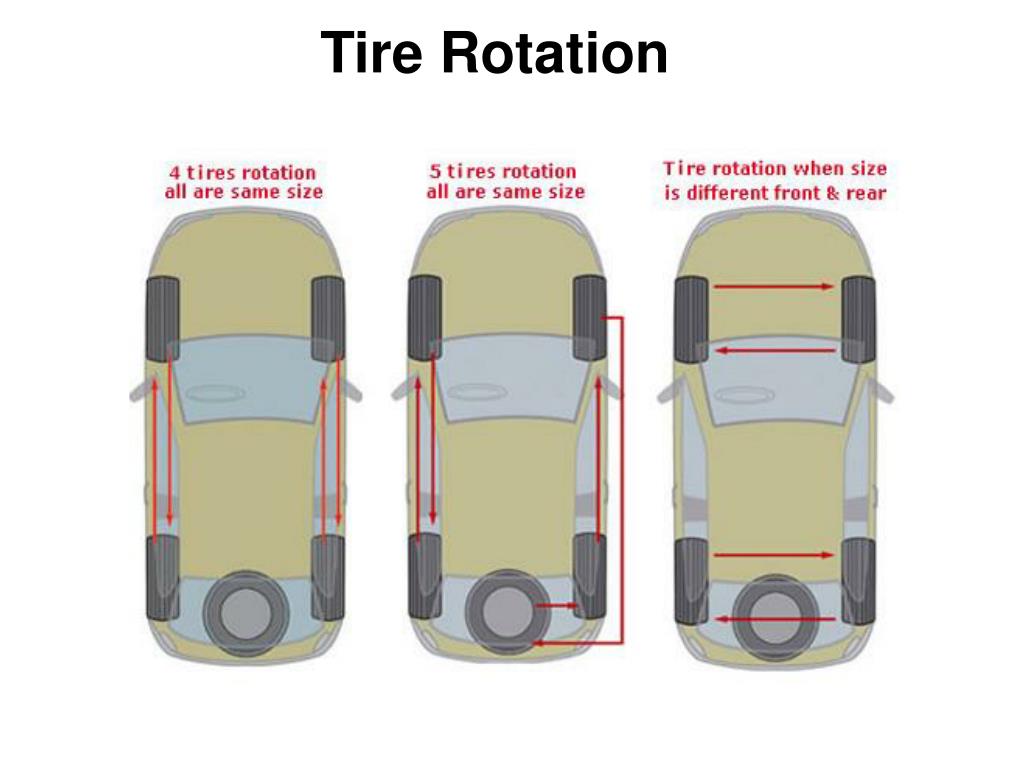 5 5 | 12 | 13.5 | |
| 19" | 225/35R19 | 7.5 | 8 | 9 |
| 235/35R19 | 8 | 8.5 | 9.5 | |
| 245/35R19 | 8 | 8.5 | 9.5 | |
| 255/35R19 | 8.5 | 9 | 10 | |
| 265/35R19 | 9 | 9.5 | 10.5 | |
| 275/35R19 | 9 | 9.5 | 11 | |
| 285/35R19 | 9.5 | 10 | 11 | |
| 295/35R19 | 10 | 10. 5 5 | 11.5 | |
| 20" | 245/35R20 | 8 | 8.5 | 9.5 |
| 255/35R20 | 8.5 | 9 | 10 | |
| 275/35R20 | 9 | 9.5 | 11 | |
| 21" | 245/35R21 | 8 | 8.5 | 9.5 |
| 255/35R21 | 8.5 | 9 | 10 | |
| 18" | 285/30R18 | 9.5 | 10 | 10.5 |
| 295/30R18 | 10 | 10. 5 5 | 11 | |
| 315/30R18 | 10.5 | 11 | 11.5 | |
| 335/30R18 | 11.5 | 12 | 12.5 | |
| 345/30R18 | 11.5 | 12 | 12.5 | |
| 19" | 265/30R19 | 9 | 9.5 | 10 |
| 275/30R19 | 9 | 9.5 | 10 | |
| 285/30R19 | 9.5 | 10 | 10.5 | |
| 295/30R19 | 10 | 10.5 | 11 | |
| 305/30R19 | 10.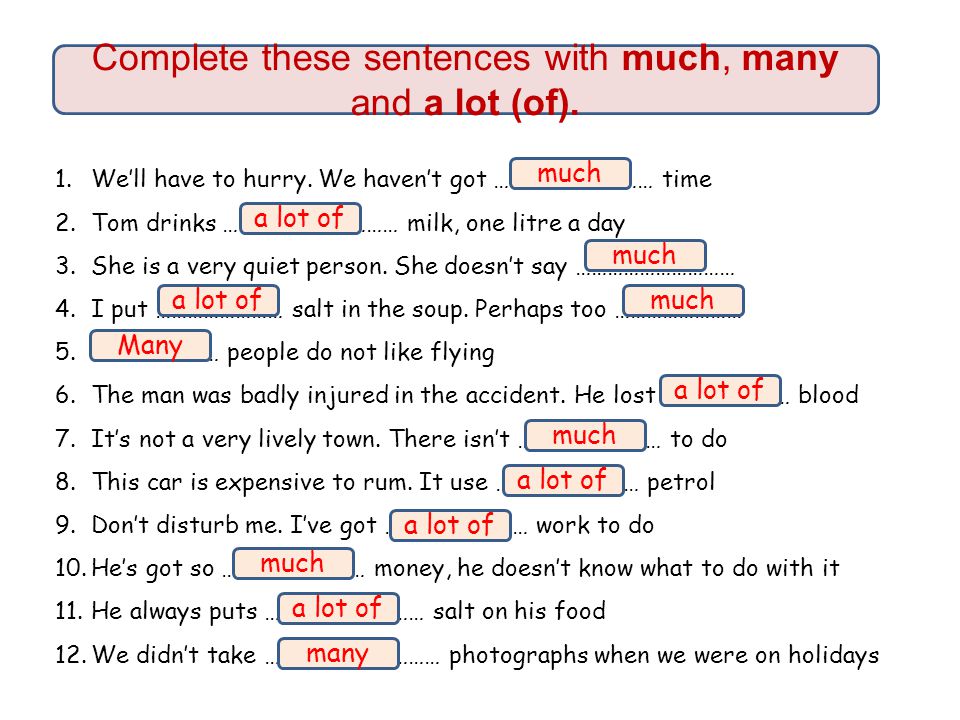 5 5 | 11 | 11.5 | |
| 345/30R19 | 11.5 | 12 | 12.5 | |
| 20" | 235/30R20 | 8.5 | 8.5 | 9.5 |
| 245/30R20 | 8.5 | 8.5 | 9.5 | |
| 255/30R20 | 9 | 9 | 10 | |
| 285/30R20 | 10 | 10 | 11 | |
| 335/30R20 | 12 | 12 | 13 | |
| 21" | 255/30R21 | 9 | 9 | 10 |
| 285/30R21 | 10 | 10 | 11 | |
| 295/30R21 | 10 | 10. 5 5 | 11 | |
| 22" | 255/30R22 | 9 | 9 | 10 |
| 19" | 315/25R19 | 11 | 11.5 | 12 |
| 20" | 285/25R20 | 10.5 | ||
| 295/25R20 | 10 | 10.5 | 11 | |
| 325/25R20 | 11.5 | 12 | 12.5 | |
| 21" | 295/25R21 | 10 | 10.5 | 11 |
| 22" | 295/25R22 | 10 | 10. 5 5 | 11 |
| What does the snowflake on the tire mean? The snowflake on a tire (3PMSF mark) is a special marking for models that have been tested on snow and are able to meet the minimum safety requirements for driving on snow.. 06 January 2023, 11:08 | |
| Worn tires are more dangerous than drunk driving A new study has found that worn tires are more dangerous than drunk driving. It has been found that driving a car with tires that have a tread depth of 1.6 mm can increase... 26 December 2022, 11:02 | |
| Tire labels - how to read? From November 1, 2012, tires sold in countries within the European Union must have special stickers. They contain information, in particular, about the fuel.  . . July 11, 2022, 11:34 | |
| Causes of tire wear Tire wear is often the result of too much speed at which we move. However, there are many more factors influencing this process. Tire condition during .. July 04, 2022, 11:58 | |
| What is the minimum tire tread depth? The tread of a tire is sometimes analyzed in terms of appearance and shape, modern technologies implemented by the manufacturer, or performance in winter conditions. However, the key parameter of tires in.. June 23, 2022, 10:06 | |
The current car market is replete with offers of car models. Jeeps, buses, hatchbacks, sedans and sports cars. Mass of variations of bodies, engines and configurations. But, with all the diversity, they are united by one extremely important element - tires.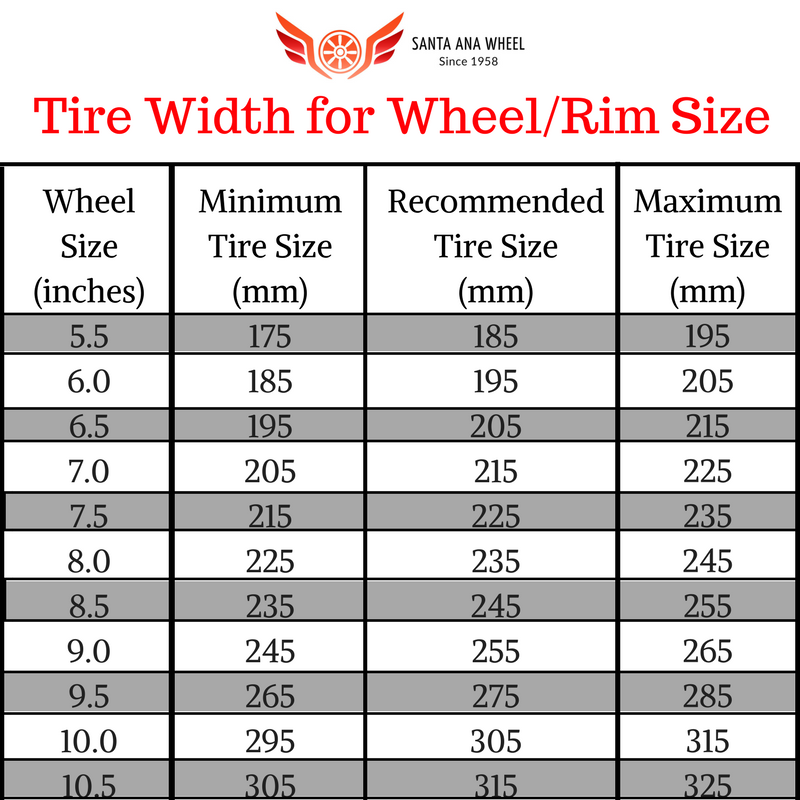 For snow, ice, mud and marshes, quiet city driving or high-speed racing tracks.
For snow, ice, mud and marshes, quiet city driving or high-speed racing tracks.
Select tires by specifying size or vehicle parameters
Car tires are divided into two main categories: winter and summer.
Summer tires are designed for driving on highway at temperatures not lower than 7 degrees . Negative temperatures, slush, snow affect summer tires negatively. At low temperatures, the rubber compound hardens and does not provide proper contact with the road surface.
Winter tires are designed for temperatures below 7 degrees. They are resistant to cold, less affected by precipitation and ensure safe movement. Due to the peculiarities of the composition of the rubber compound, the addition of silica and rubber, they retain their softness and help in driving.
In addition to them, there is the so-called "all season".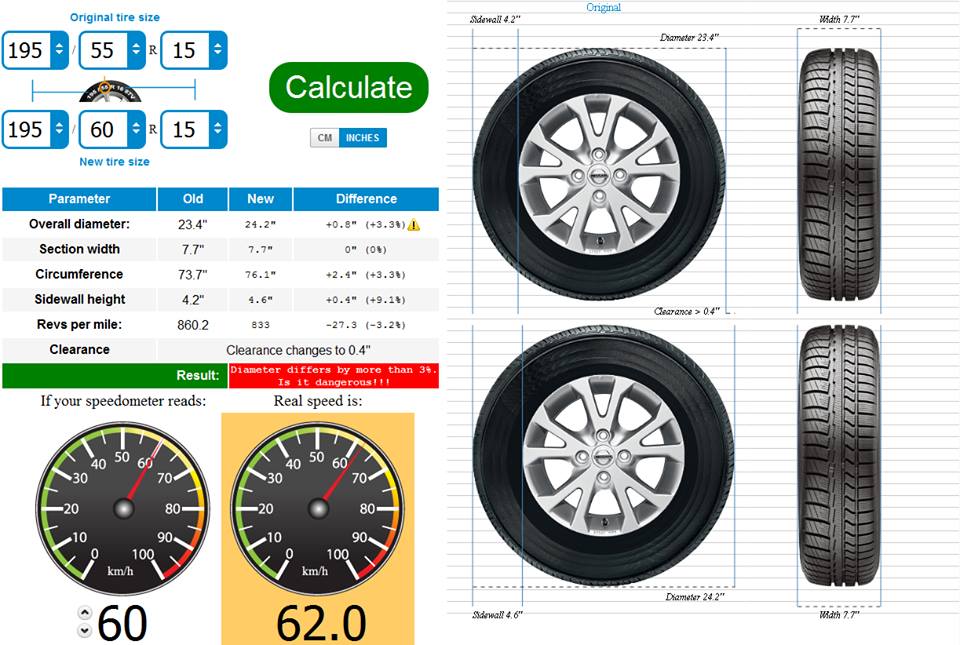 These are tires for all-the-year-round movement, both in winter and in summer. A good option for warm winters and cool summers. There are usually few such models, because this type of rubber always involves a compromise. Not the best performance in summer and not the best option for winter. However, such a choice is sometimes justified by the operating conditions.
These are tires for all-the-year-round movement, both in winter and in summer. A good option for warm winters and cool summers. There are usually few such models, because this type of rubber always involves a compromise. Not the best performance in summer and not the best option for winter. However, such a choice is sometimes justified by the operating conditions.
It is also worth mentioning highly specialized tires that are used only in certain situations, such as mud or sports. For daily driving under normal conditions, they are little adapted and deserve a separate article.
Tire parameters
On a specific example (a car and a brand of rubber), we will consider the advisability of choosing one or another tire size.
Let's take as a test subject Opel Astra H, 2007 release with a 1.4 petrol engine. For this car, a factory (tuning aside for now) range of tires and wheels is provided in the size from 15 to 17 diameters: 195/65 R15, 205/55 R16, 215/45 R17, 225/45 R17, 235/40 R17.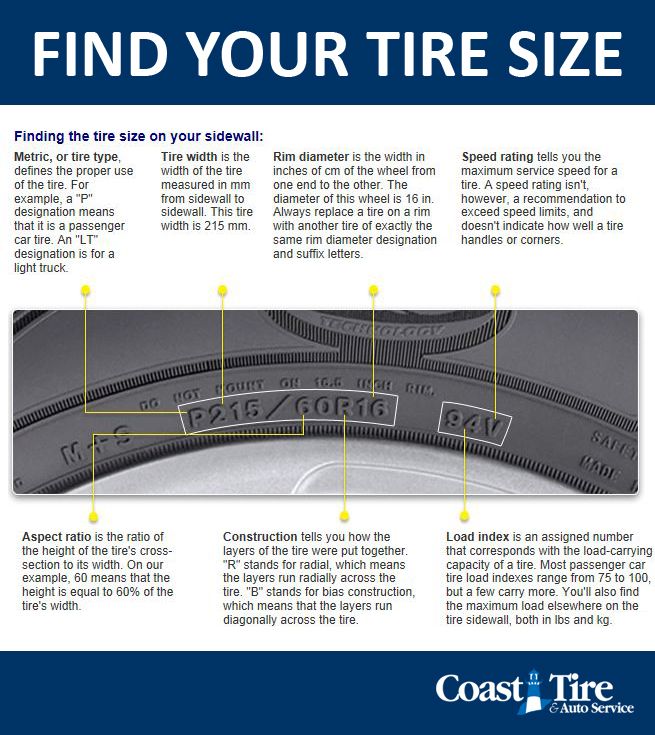 Not so much, but for our experiment it will do just fine.
Not so much, but for our experiment it will do just fine.
So we take the popular winter tire Hankook Winter i * Pike RS2 (W429) What will it cost to put on our Astra at a cost per tire? Let's make a reservation right away, the prices are indicated at the time of publication:
The difference is noticeable, right? So which one to take? In fact, the choice is often limited by the diameter of the already installed wheels. What is worth, I go on that, right?
Below we will tell you about a profitable tire purchase scheme that will bring benefits and help save money.
A narrower, smaller diameter tire with a higher profile costs less than the than its bigger sister. For winter, it is recommended to take just a narrower tire in a smaller or similar diameter. This tire is less noisy, more economical, has better snow handling and is cheaper. And the high profile perfectly fulfills road bumps, holds a blow and provides the car with a smoother ride. In general, with low speed performance on our winter roads, the operation of tires with such parameters is the most optimal.
For winter, it is recommended to take just a narrower tire in a smaller or similar diameter. This tire is less noisy, more economical, has better snow handling and is cheaper. And the high profile perfectly fulfills road bumps, holds a blow and provides the car with a smoother ride. In general, with low speed performance on our winter roads, the operation of tires with such parameters is the most optimal.
TOP-7 winter tires of the middle segment (2019-2020) | Video
If there is a choice of tires for the summer season, the recommendations come down to wide tires with a low profile and a larger diameter. In the case of the Astra H, the best solution would be models in the 16th diameter for everyday driving. If you want to "light up" the choice is obvious - only low-profile 17th wheels. Width is very important for summer tires. The wider the tire, the better the grip on asphalt. The lower profile and larger tire diameter is certainly not as comfortable. The habits of the car will become tougher and more aggressive. Reactions to the steering wheel will change and rolls will significantly decrease when cornering. In general, a car on low-profile tires will become more knocked down, collected, though at the expense of smoothness.
The wider the tire, the better the grip on asphalt. The lower profile and larger tire diameter is certainly not as comfortable. The habits of the car will become tougher and more aggressive. Reactions to the steering wheel will change and rolls will significantly decrease when cornering. In general, a car on low-profile tires will become more knocked down, collected, though at the expense of smoothness.
TOP-4 summer tires for Ukrainian roads | Video
Based on the recommendations of many riders, journalists and car enthusiasts, this conclusion can be drawn. For winter, we choose a tire (within the allowable factory parameters) of a smaller diameter, smaller width and greater height. For summer - a larger diameter, a larger width and a smaller height.
And now the promised life hack with an example.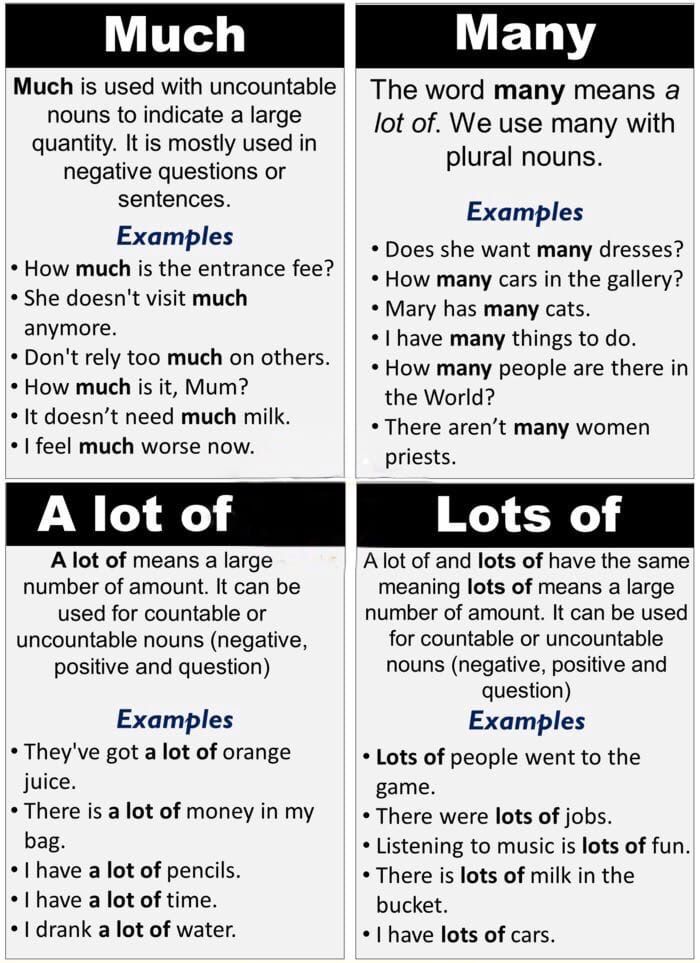 Most likely, Astra H will be on tires of the size common for its class 205/55 R16 .
Most likely, Astra H will be on tires of the size common for its class 205/55 R16 .
When changing winter tires seasonally, you can save a lot of money by changing your car to size 195/65 R15 . The savings will be UAH 580 per wheel (Hankook Winter i*Pike RS2 (W429), and on four - already impressive UAH 2,320.
Yes, we agree If the cost of a Kapitan Kap Black wheel is UAH 581, the total cost of switching to a winter diameter 15 will be UAH 1,862 per wheel. Which is not so much, considering the fact of a brand new tire with optimal characteristics for winter and new wheels.
With subsequent replacements, the net savings will begin precisely on the difference in diameter. And if you already have discs of a smaller diameter, then the savings will start from the very first purchase. Plus the smaller steel disc is much easier to find. Do not forget that "casting" is quite difficult to repair and roll after meeting with a serious hole.